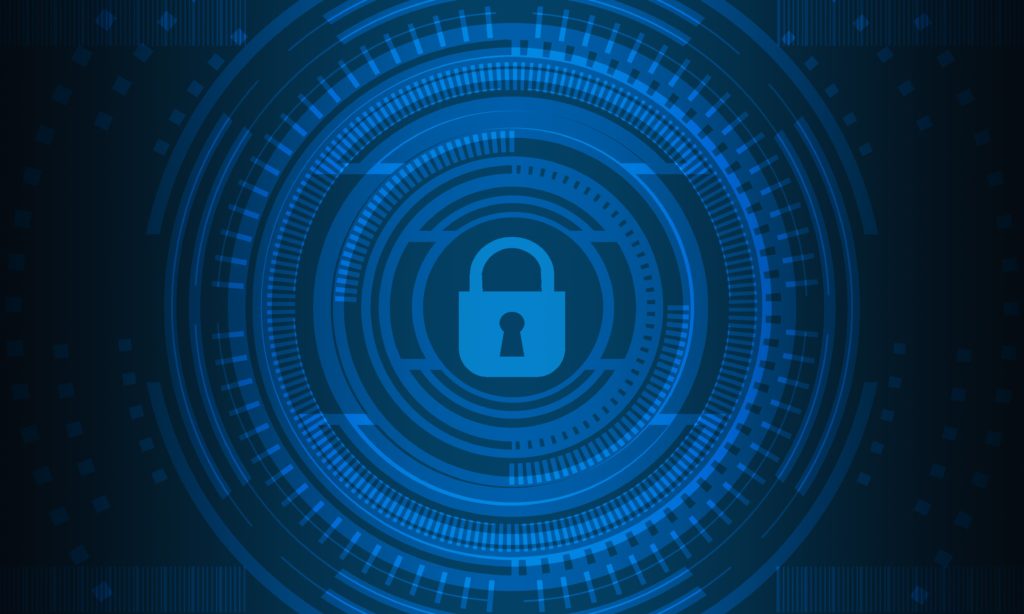Reading Time: 3 minutes
Capital One Data Breach
Capital One said a hacker had compromised the personal information of more than 100 million people on Monday. It was one of the largest-ever thefts of data from a bank. A data breach at a major company exposes lots of sensitive information, putting millions of people at risk of online fraud. For the vast majority of those consumers, the breach appears to have exposed only relatively inconsequential details like names and addresses, rather than Social Security and bank account numbers. The bank said it was “unlikely that the information was used for fraud or disseminated by this individual,” and that no credit card numbers or passwords were exposed. Capital One says it will “notify affected individuals through a variety of channels.”
Unfortunately, hacking and data breaches continue to be more and more commonplace. Last year, it was Marriott. The year before, Equifax. Ironically, the news of the Capital One data breach came just a week after Equifax reached a $650 million consumer settlement stemming from the 2017 breach — highlighting the importance of digital security at a time when major leaks of consumer information are a fact of life. We think there are five things you may want to do about the Capital One breach.
1. Enroll in Credit Monitoring or Identity Theft Protection Service
While there is usually a cost involved with a credit monitoring service or identity theft protection, Capital One has promised to make free credit monitoring and identity protection available to anyone affected by the breach. Be sure to read the details, as you may waive your right to sue the company for the hack if you take advantage of the free credit monitoring.
2. Check Your Credit
This breach actually happened three months ago, so there’s a chance that your information is already being used. Check your credit report and make sure there’s nothing out of the ordinary happening. But keep in mind, most credit monitoring services only track your credit reports. They still won’t alert you to suspicious activity on your credit card or in your bank accounts. These services won’t prevent fraud from happening. But some do offer identity recovery services to help you regain control of your finances after identity theft occurs. The government offers a free resource for recovering from identity theft at IdentityTheft.gov.
3. Freeze Your Credit
This is an extreme step and might not be necessary, especially if you don’t know for sure that your information was compromised. A freeze blocks anyone from accessing your credit reports without your permission. But it can be an inconvenience for you, too. If you want to take out a loan or open a new credit card, you’ll have to contact the reporting agency to temporarily lift the freeze. It’s also not free. Fees to freeze your account vary by state, and if you freeze your credit, anyone who wants to use your credit to open an account needs a special Personal Identification Number (PIN). If you’re not planning on making any big purchases soon or opening any new credit cards, then it can be a good preventative move in keeping your credit safe.
4. Set a Fraud Alert
Setting up a fraud alert will make using your credit a bit of a hassle, but can keep you protected. If you set up a fraud alert, then a company will have to verify your identity before they can open an account in your name. You set one up by contacting a credit bureau (Equifax, Experian, TransUnion), and the alerts last 90 days.
5. Keep an Eye on Your Bank Statements, Credit Card Statements, and Taxes
It is wise to always review your bank statements and credit card statements for unusual charges, but especially after such a security breach. Also, hackers will sometimes use stolen personal info to file false tax returns to get refunds. That means if you file your taxes after them, you might get a message from the IRS saying your taxes have already been filed. If you can, make sure to file your taxes early.






